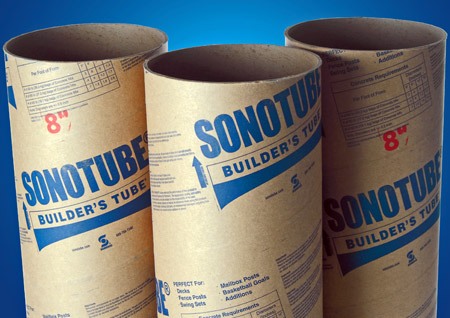33k in the air
Staff Sergeant
- 1,356
- Jan 31, 2021
Things that complicated life for all were paper drop tanks which had to be installed new but on day of mission because they leaked. But if enough 110s were available they were usually selected and filled night before, along with 65 gal for fuse tank.
Do you have any info on the empty weight of those 108 gallon paper drop tanks? They are reputed to be quite light, but I have never found an exact figure. The 75 gallon metal tank weighed 50 to 60 lbs empty, depending on the source, and the 110 gallon metal tank weighed about 85 lbs empty.

